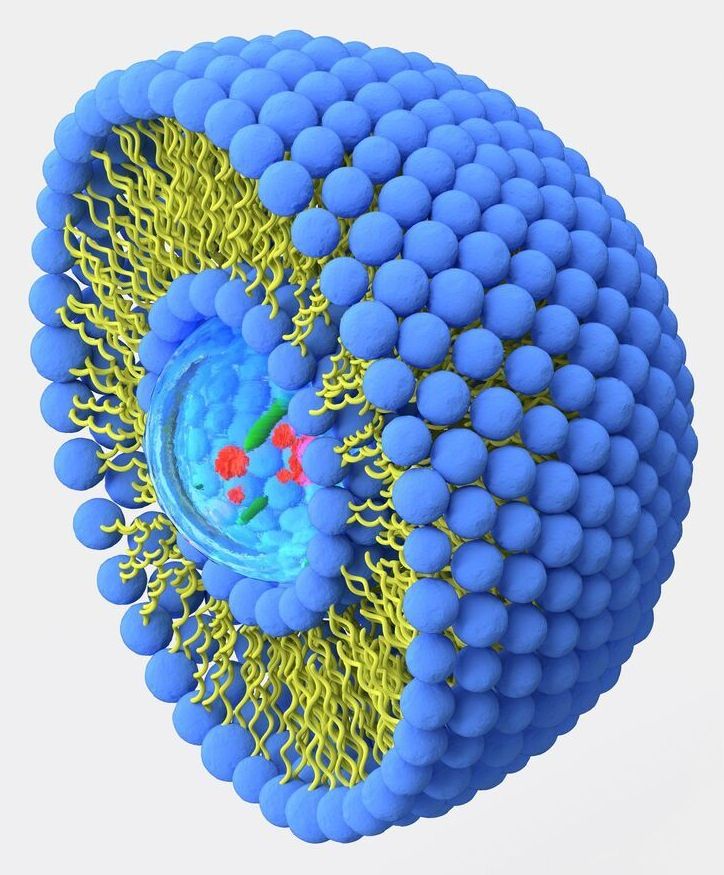Researchers in Australia are shining a spotlight on a safer delivery method for targeted CRISPR gene therapies—and they’re using literal illumination to pull it off.
Scientists and biomedical engineers from the University of New South Wales Sydney say they’ve developed a light-sensitive liposome that can ferry CRISPR molecules to specific sites in the body. When hit with LED light, the liposomes unleash their CRISPR payloads to hunt down faulty genes.
The CRISPR-Cas9 gene-editing tool consists of a guide RNA that homes in on a target in the DNA, and the Cas9 enzyme, which cuts the DNA much like a pair of molecular scissors. A slate of companies is exploring the technology to treat cancer and even blindness, but the therapy is traditionally delivered using viruses, which can themselves spur unwanted immune responses and other side effects.
